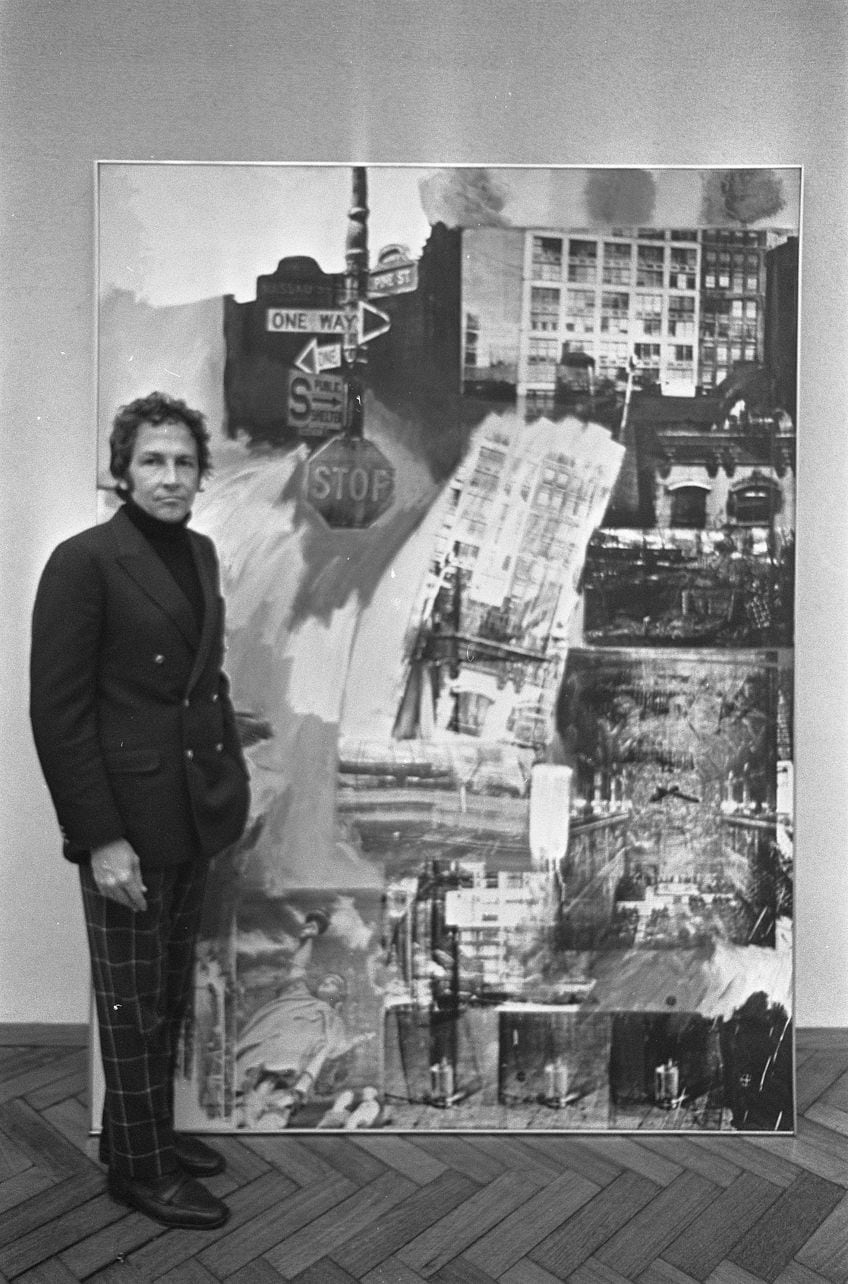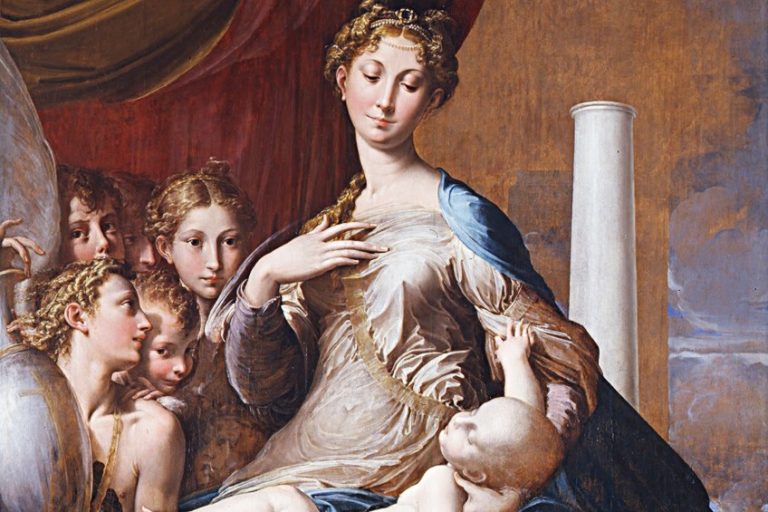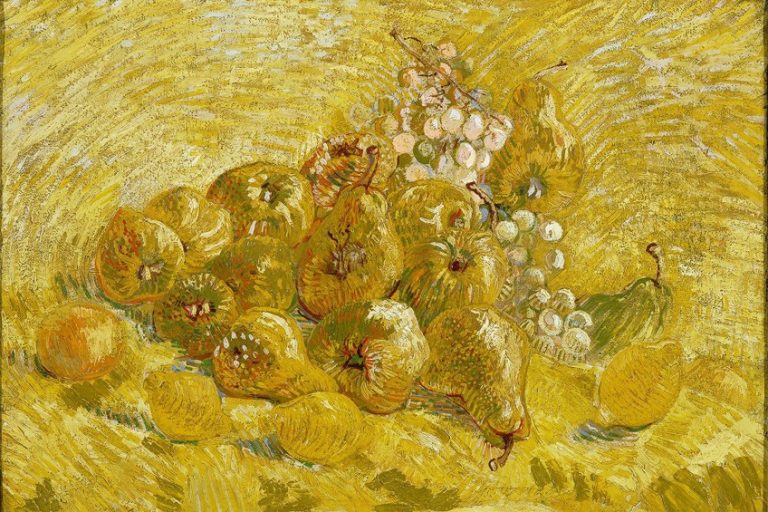Neo-Dadaism – Challenging Traditional Aesthetics and Conventions
Neo-Dadaism, emerging in the 1950s and 1960s, is an art movement that sought to challenge traditional aesthetics and cultural conventions by embracing absurdity, irony, and everyday objects. Drawing inspiration from the earlier Dada movement, Neo-Dada artists such as Robert Rauschenberg and Jasper Johns blurred the boundaries between art and life, employing techniques like collage, assemblage, and the incorporation of found materials. This movement laid the groundwork for later avant-garde movements, including Pop Art and Conceptual Art, by questioning the very nature of art and its role in society. Neo-Dadaism’s playful and provocative approach continues to influence contemporary art, encouraging artists to rethink and redefine creative expression.
Key Takeaways
- Neo-Dadaism emerged in the 1950s, blending art with daily life.
- Influenced by the Dada movement, key figures include Johns, Rauschenberg, and Kaprow.
- Neo-Dadaism’s legacy endures in modern and contemporary art.
Historical Context and Influences
Neo-Dadaism emerged in the 1950s as an artistic movement that bridged the gap between art and daily life. Artists in this movement incorporated everyday objects and materials into their work, challenging traditional ideas about what art should be. This radical approach made Neo-Dadaism an important precursor to later movements, such as Pop Art and Conceptual Art.

Influenced by the earlier Dada movement of the early 20th century, Neo-Dada artists employed playfulness, appropriation, and a spirit of rebellion. Jasper Johns, Robert Rauschenberg, and Allan Kaprow are among the prominent figures associated with this movement. Their use of mass media and found objects set Neo-Dadaism apart from other contemporary art movements. Neo-Dadaism’s impact can still be seen today in various forms of modern and contemporary art. By questioning the boundaries of art, Neo-Dadaism continues to inspire artists to think outside the box and push the limits of creativity.
Dada Movement and Its Legacies
The Dada movement, which began in Zürich, Switzerland, during World War I, played a crucial role in shaping Neo-Dada. Artists like Marcel Duchamp and Kurt Schwitters championed an anti-art stance, aiming to subvert conventional aesthetics through absurdity and illogical compositions. The original Dadaists reacted to the chaos of war and nationalism, using art to protest societal norms.
This legacy of challenging the status quo directly influenced the Neo-Dada artists, who continued to blur the lines between art and life.
Emergence in New York
Neo-Dada found fertile ground in the post-WWII cultural landscape of the United States, especially in New York City. The city was a hub for avant-garde movements and provided a dynamic environment for artists like Robert Rauschenberg and Jasper Johns. They incorporated everyday objects and popular imagery into their works, breaking from Abstract Expressionism’s emotional intensity. This practice emphasized the connection between art and daily life, picking up where Dada left off but adapting it to contemporary issues.

Parallel Movements
Alongside Neo-Dada, several parallel movements emerged that echoed its principles. Fluxus, a network of artists known for experimental work, shared a spirit of playfulness and rebellion. In Europe, Nouveau Réalisme also incorporated real-world elements into art, while Pop Art in the United States depicted consumer culture and mass media.
Each of these movements, while distinct, intermingled with Neo-Dada, creating a rich dialogue between artists.
Key Ideas and Artistic Accomplishments
Neo-Dada artists focused on bridging the gap between art and daily life. They used appropriation, borrowing elements from existing works or everyday objects to create new meanings. Playfulness and iconoclasm were central themes, as seen in Rauschenberg’s Combines which melded painting and sculpture. This movement set the stage for future forms of Minimalism and Conceptual Art, pushing the boundaries of what art could be and how it could reflect the complexities of modern life.
Key Figures and Works
Neo-Dadaism represented a break from traditional artistic practices, characterized by experimentation, playful approaches, and the use of everyday objects. This movement encompassed a variety of media and methods and brought together artists who collaborated in exciting and new ways.

Artists and Collaboration
Robert Rauschenberg and Jasper Johns were pivotal in Neo-Dadaism, creating works that blurred the lines between art and life. Rauschenberg often used found objects in his assemblages, creating pieces that were both complex and accessible. Johns was known for his use of iconic symbols, such as flags and numbers, challenging traditional artistic expectations. Allan Kaprow and John Cage were also influential, further blending performance with visual arts. Kaprow introduced the concept of happenings, staged events that were interactive and immersive.
Cage, a composer, worked with choreographer Merce Cunningham to create performances that incorporated elements of chance and unpredictability, reflecting Neo-Dada’s experimental spirit.
Signature Techniques and Materials
Neo-Dadaism is known for its experimental use of materials and techniques. Assemblage and collage were common, combining items such as newspapers, photographs, and everyday objects. Rauschenberg’s Combine works are notable examples, merging painting and sculpture into a single art form. Found objects and readymades became integral to Neo-Dada works. Artists repurposed items from daily life, elevating them to art. Johns’ incorporation of mundane items like brooms and targets questioned the very nature of artistic creation. This approach was a nod to earlier Dada practices, emphasizing the absurd and the playful.

Notable Performances and Happenings
Performances and happenings were crucial in Neo-Dadaism, challenging the boundaries of what constituted art. Allan Kaprow’s 18 Happenings in 6 Parts in 1959 is a significant example, where participants followed specific instructions, engaging with the space and each other in unexpected ways. John Cage’s experimental music performances, notably his piece 4’33”, where the absence of deliberate sound invited the audience to focus on ambient noises, highlighted the unpredictability and chance integral to Neo-Dada. The collaboration between Cage and Merce Cunningham in dance compositions also brought innovative practices to the forefront, showcasing a synergy between sound, movement, and visual art.
Homage to New York by Jean Tinguely was a destructive art piece that self-destructed in the garden of the Museum of Modern Art. This performance embodied the transient, sometimes chaotic nature of Neo-Dada, celebrating impermanence and unpredictability.
Notable Neo-Dada Artworks to Know
Neo-Dada artworks exemplify the movement’s playful yet critical approach to art-making, challenging traditional boundaries and conventions. These pieces often incorporate everyday objects, mixed media, and unconventional techniques, reflecting a unique blend of irony and absurdity. Key works in this genre provide insight into the avant-garde spirit and experimental practices that defined Neo-Dada.

- Rauschenberg’s Erased de Kooning Drawing (1953) involved erasing a drawing by Willem de Kooning. This controversial piece questioned the definition of art. By erasing another artist’s work, Rauschenberg created a new piece that prompts discussions about creation, destruction, and artistic value.
- Flag (1954 – 1955) is one of Jasper Johns’ most recognized works. It features a painted depiction of the American flag. Johns used encaustic paint, giving the flag a textured appearance. This piece challenges the perception of everyday objects and blurs the lines between painting and sculpture.
- Target with Four Faces (1955) features a colorful target beneath four plaster casts of faces. Johns’ use of targets and faces delves into themes of perception and identity. This artwork merges painting with sculptural elements, pushing the boundaries of contemporary art.
- Monogram (1955 – 1959) combines a stuffed goat, a rubber tire, and a painted canvas. This assemblage piece illustrates the use of found objects, a key element in Neo-Dada art. Rauschenberg’s work broke from traditional art forms and incorporated non-traditional materials.
- Household (1964) is a performance art piece by Allan Kaprow. It involved participants licking jam off a car and other unconventional activities. This artwork embraced everyday actions and materials, emphasizing the transient and collaborative nature of art. Kaprow’s work contributed significantly to the development of “Happenings”.
Neo-Dada artists often used ordinary objects and performance to challenge traditional art. They paved the way for future movements and left a lasting impact on the art world.
Themes and Concepts
Neo-Dadaism blends elements like popular imagery and everyday objects to challenge traditional art. It stresses the role of experimentation and conceptual art, reflecting on consumer culture and offering a satirical view of the art world. Neo-Dada artists embraced playful and absurd elements. They often used found materials like Richard Stankiewicz’s sculptures. Bold contrasts characterized their work. Artists combined unrelated objects, creating visually compelling pieces. This approach rejected strict aesthetics, favoring innovation and surprise.
They celebrated disorder, often highlighting randomness. Use of collage and assemblage was common, blending different materials seamlessly. This created a visual dialogue, questioning conventional beauty norms and artistic methods.
Influence on Daily Life and Consumer Culture
Neo-Dada blurred the lines between art and daily life. Artists incorporated everyday objects, like Arman’s accumulations of consumer products. This integration highlighted society’s obsession with materialism. By using common items in their art, they forced viewers to reconsider the mundane. Conceptual art was prevalent, leading to thought-provoking pieces. The focus was on the idea behind the work rather than its physical form. This shift mirrored changing societal values and increased commercialism.

Satirical View of the Art World
Neo-Dada offered a critical look at the art world. Artists like Robert Rauschenberg showcased their skepticism about art’s elitism. They used humor and irony, poking fun at artistic pretensions. This was evident in pieces that mimicked or exaggerated traditional art forms. Their approach served to democratize art, making it more accessible. By satirizing high art, they emphasized that creativity could stem from any source.
This stood in stark contrast to the exclusivity often associated with fine art.
Impact and Legacy of the Neo-Dada Movement
Neo-Dadaism had a profound influence on later artistic movements by bridging the gap between art and everyday life and challenging traditional artistic conventions. Neo-Dada’s influence extended beyond its original era into various avant-garde art forms. Artists like Joseph Beuys and Piero Manzoni further explored the movement’s ideas by using unconventional materials and questioning the art world’s boundaries. Daniel Spoerri’s “snare pictures” turned commonplace items into artworks, echoing Neo-Dada’s use of modern materials.

Commercialism was another key aspect influenced by Neo-Dadaism. Artists began integrating advertising and popular culture into their works. This approach was notably seen in the ideas promoted by Barbara Rose in the U.S. and gained traction across European perspectives as well. The movement also reshaped critical reception. While some hailed it as revolutionary, others saw it as derivative. John Chamberlain’s sculptures, made from crushed cars, exemplified the push against artistic norms. Neo-Dada’s legacy continues today in the blending of art forms and everyday experiences.
Neo-Dadaism’s innovative and irreverent approach to art reshaped the landscape of modern and contemporary art. By challenging established norms and integrating everyday objects into their works, artists like Robert Rauschenberg and Jasper Johns bridged the gap between art and reality. Neo-Dadaism’s legacy is evident in its profound influence on subsequent movements such as Pop Art and Conceptual Art, which continued to push the boundaries of artistic expression. The movement’s emphasis on irony, absurdity, and the deconstruction of artistic conventions remains a vital and enduring force, inspiring new generations of artists to explore the limitless possibilities of creative expression.
Frequently Asked Questions
What Are the Defining Characteristics of Neo-Dada Artworks?
Neo-Dada artworks often use everyday objects and materials. They include elements like mass media, irony, and performance. These pieces blur the lines between art and daily life, challenging viewers’ expectations.
How Does Neo-Dada Compare and Contrast With Original Dadaism?
Both movements reject traditional art forms, using found objects and a playful, ironic tone. The original Dadaism emerged after World War I, focusing on absurdity and chaos. Neo-Dada, while similar in spirit, came about in the 1950s and often incorporated more contemporary elements like mass media.
Which Artists Are Considered Pivotal in the Neo-Dada Movement?
Key figures include Jasper Johns, who used everyday symbols like flags and numbers, and Robert Rauschenberg, known for his combines that mix painting and sculpture. Allan Kaprow, famous for performance art or happenings, also played a crucial role.
In What Ways Did Neo-Dada Pave the Way for Pop Art?
Neo-Dada set the stage for Pop Art by breaking down the barrier between high art and popular culture. Its use of mass media and consumer goods foreshadowed Pop Art’s focus on commercial imagery and mass-produced objects, influencing artists like Andy Warhol and Roy Lichtenstein.
Isabella studied at the University of Cape Town in South Africa and graduated with a Bachelor of Arts majoring in English Literature & Language and Psychology. Throughout her undergraduate years, she took Art History as an additional subject and absolutely loved it. Building on from her art history knowledge that began in high school, art has always been a particular area of fascination for her. From learning about artworks previously unknown to her, or sharpening her existing understanding of specific works, the ability to continue learning within this interesting sphere excites her greatly.
Her focal points of interest in art history encompass profiling specific artists and art movements, as it is these areas where she is able to really dig deep into the rich narrative of the art world. Additionally, she particularly enjoys exploring the different artistic styles of the 20th century, as well as the important impact that female artists have had on the development of art history.
Learn more about Isabella Meyer and the Art in Context Team.
Cite this Article
Isabella, Meyer, “Neo-Dadaism – Challenging Traditional Aesthetics and Conventions.” Art in Context. July 8, 2024. URL: https://artincontext.org/neo-dadaism/
Meyer, I. (2024, 8 July). Neo-Dadaism – Challenging Traditional Aesthetics and Conventions. Art in Context. https://artincontext.org/neo-dadaism/
Meyer, Isabella. “Neo-Dadaism – Challenging Traditional Aesthetics and Conventions.” Art in Context, July 8, 2024. https://artincontext.org/neo-dadaism/.











